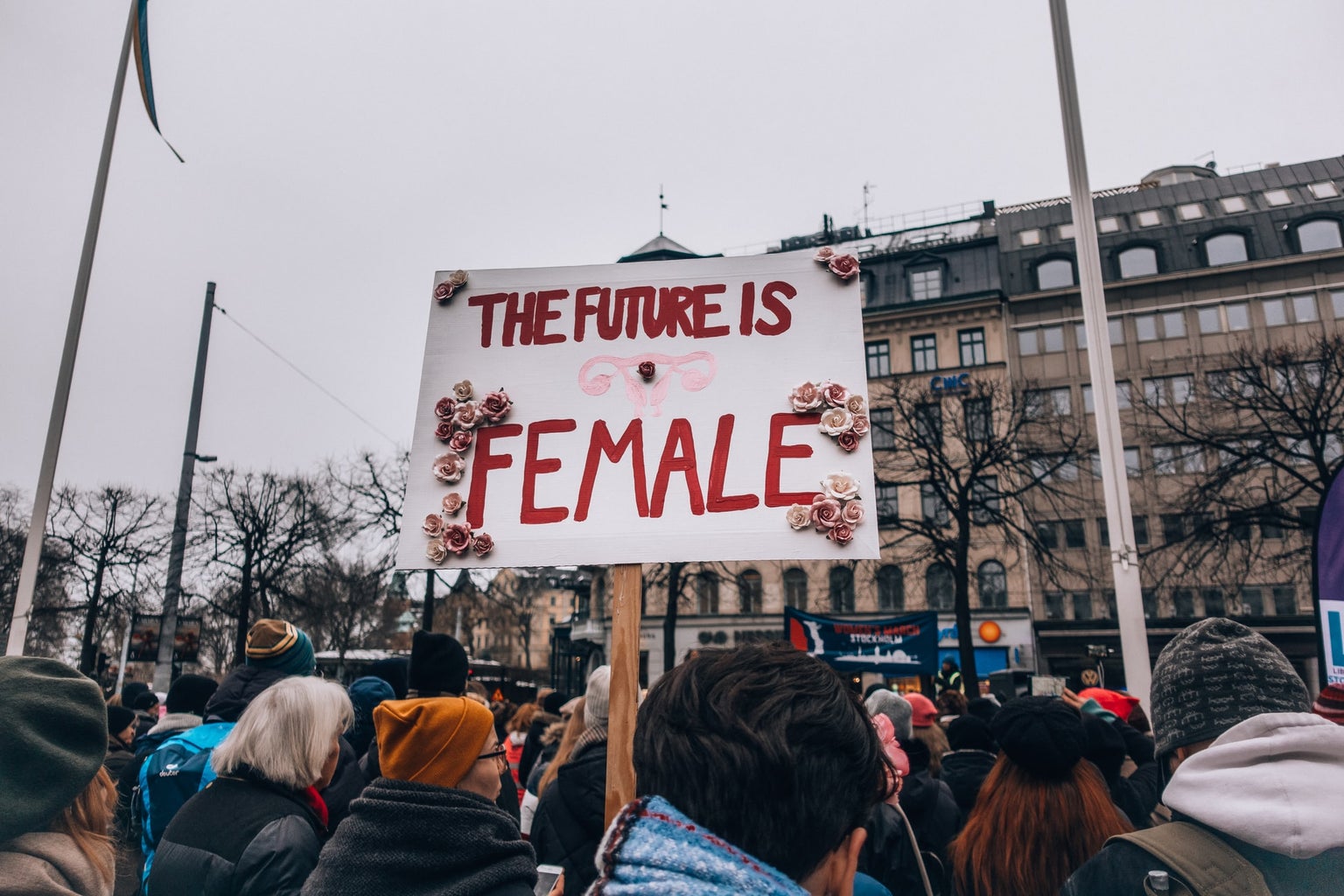Trigger warning: this article contains content pertaining to sexual assault.
**Spoiler alert**
Like most people, I watched “Moxie” because Nico Hiraga played the love interest, Seth Acosta. I loved the actor in “Booksmart,” an original and comedic take on what it means to be a high school student. So, like any other person who nurtured a substantial crush on Hiraga, I knew I had to watch “Moxie.” Ironic that I watched a movie about fighting the patriarchy and creating female friendships for the chance to see a slightly attractive man.
On the surface “Moxie” seemed like any other feminist movie. It hit all the points intersectional feminism, discussions of the toxic mentality that “boys will be boys” and including men in the feminist movement. I liked the movie until the very end. It was warm-hearted and made me reflect on my own sexist high school experience. The ending just added one too many topics to the movie’s overall message.
At the end of the movie, an anonymous rape letter found its way to the creator of the “Moxie” zine, Vivian. In the letter, a woman claimed that the main antagonist, Mitchell, had raped her after prom. Discussions of sexual assault are important, but the main character’s didn’t make some very good choices about the letter, which made me dislike the movie. After Vivian read the letter she painted on the steps of her school, “Rapeport.”

She then went on to write an Instagram post about the graffiti, explicitly stating that someone had told “Moxie” that they were raped. Writing that post and defacing the steps of the school broke the trust of the woman who wrote the anonymous letter. What if she didn’t want to come forward and discuss her rape? What if she didn’t want to report and face her rapist? It broke so many levels of trust that it made me uncomfortable. The movie tried to discuss so many important topics that each discussion seemed watered down and insignificant.
After watching the movie I realized that the film was based on the book “Moxie” by Jennifer Mathieu. I immediately downloaded a sample of the book on my phone and began reading. The main character was more or less the same—an angry white girl. What was disappointing about the book was that Seth Acosta, the love interest, sucked in the book.
He was clueless and questioned Vivian almost every step of the way. I understand why the author wrote his character this way— to help answer any questions other clueless boys may have about feminism—but the author didn’t give the reader any resolution to this problem. Seth just pretended to understand in the end.
The ending to the book was a little more satisfying than the movie. Emma Cunningham in the book wrote anonymous flyers planning a school walk-out after her school refused to punish Mitchell for his attempted rape.
When Emma was the first to stand up and walk out during the middle of her English class it made it so much more satisfying when she did it of her own accord. I wish the movie followed this ending rather than making the rape about the main character’s anger toward the oppressive patriarchy.
I guess not every book-to-movie adaptation can be as good as “The Lord of the Rings.”



